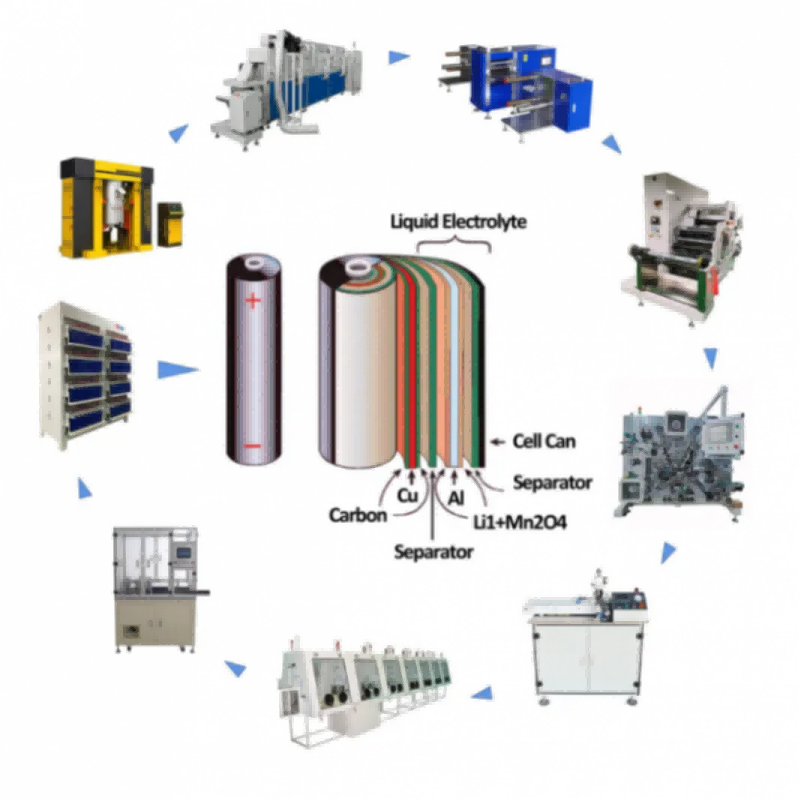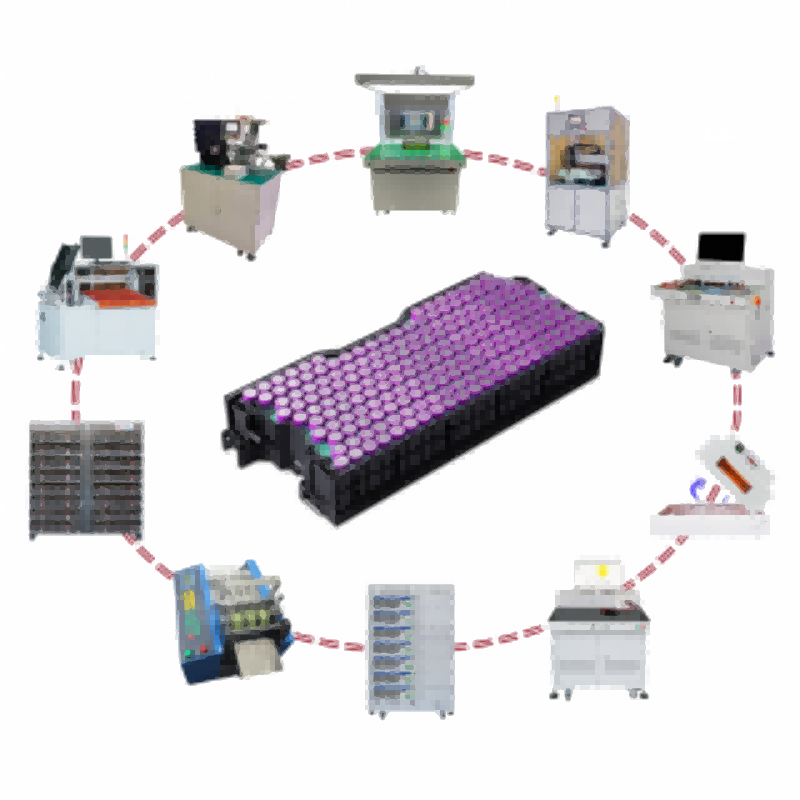When charging quickly, the microcomputer in the charger can be used to avoid the overcharge of the battery. Today's nickel-metal hydride batteries contain a catalyst that removes the danger of overcharging in time. 2H2+O2-- Catalyst -->2H2O, but this reaction is only effective for C/10 hours from the time of overcharge (C= the capacity of the battery label). When the charging process begins, the temperature of the battery will rise. Obviously, some speed chargers (under 1 hour) include fans to prevent the battery from overheating.
Some people believe that it is safe to charge nickel-metal hydride batteries with or without a timer, using some simple constant current (and low current) chargers. The allowable charging current for a long time is C/10h (the nominal charge of the battery divided by 10 hours). In fact, this is how some low-cost wireless phone bases and the cheapest battery chargers work. Although this may be safe, it may have an adverse effect on battery life.
For the long-term maintenance of nickel-metal hydride batteries, the use of low frequency pulse - high current charging mode is better than the use of trickle charging mode to maintain a good battery state.
New nickel metal hydride batteries, or those that have not been used for a long time, require an "activation" period to recharge the battery. As a result, some new nickel-metal hydride batteries need to go through several charge-discharge cycles to reach their nominal charge.









 IPv6 network supported
IPv6 network supported